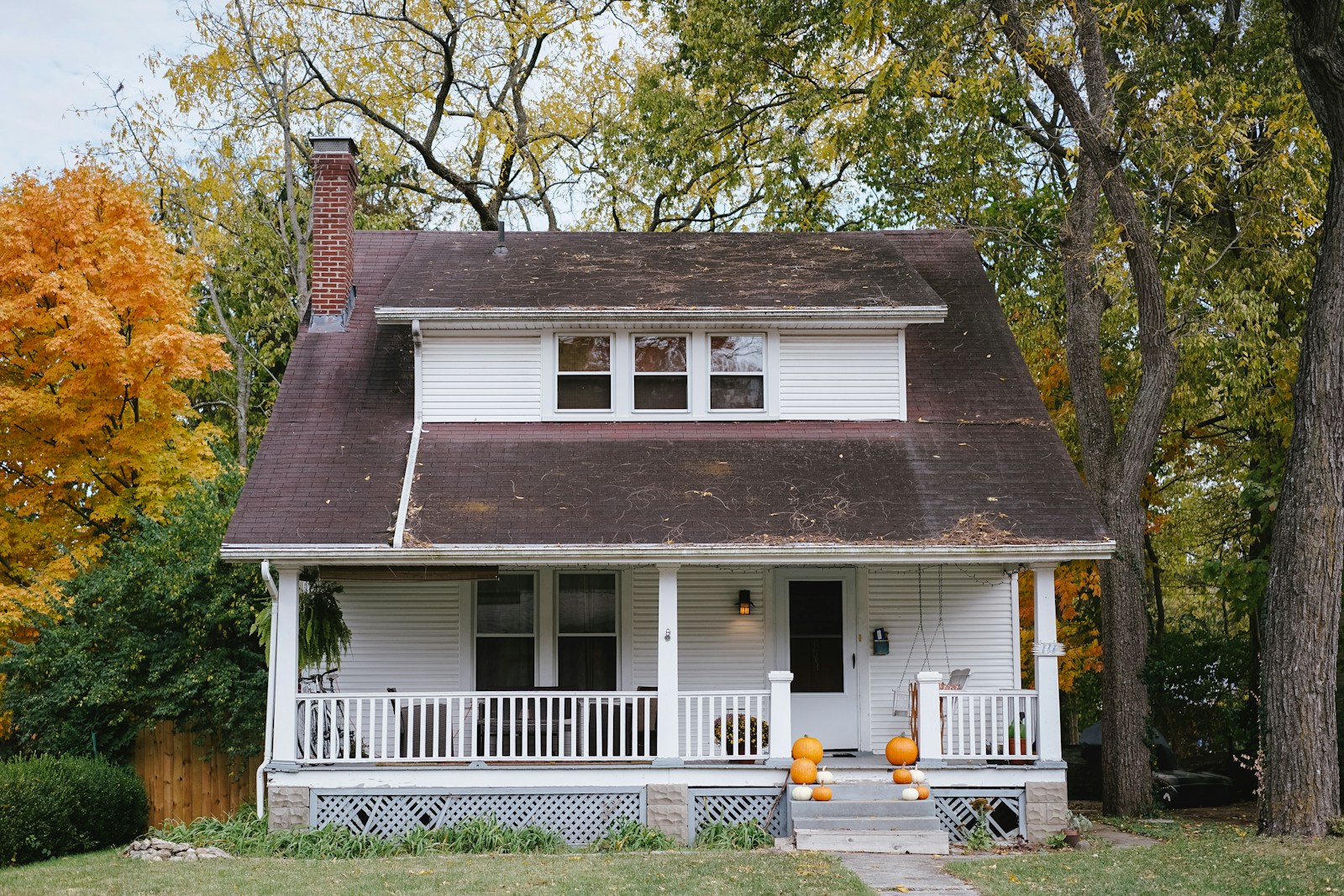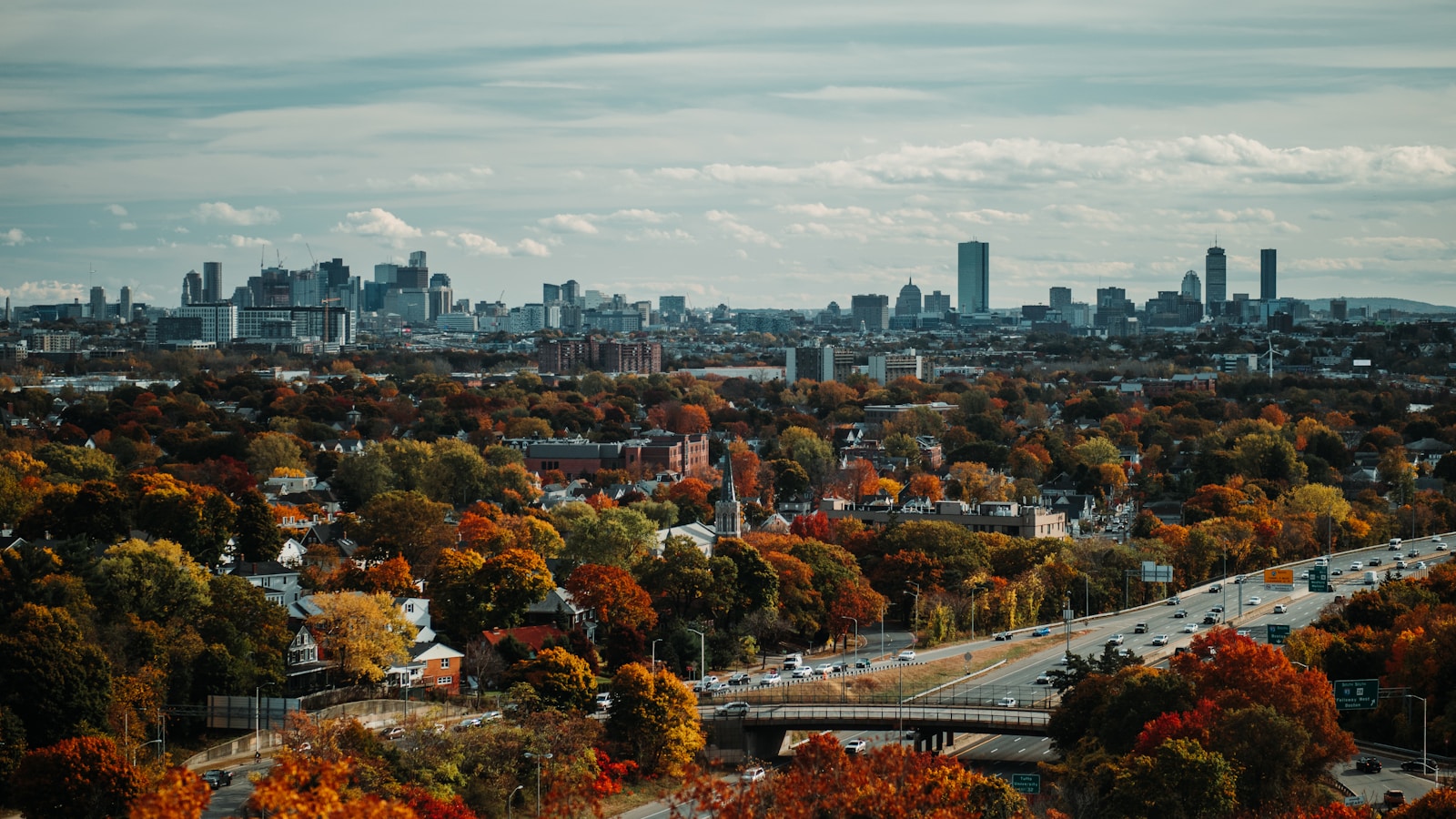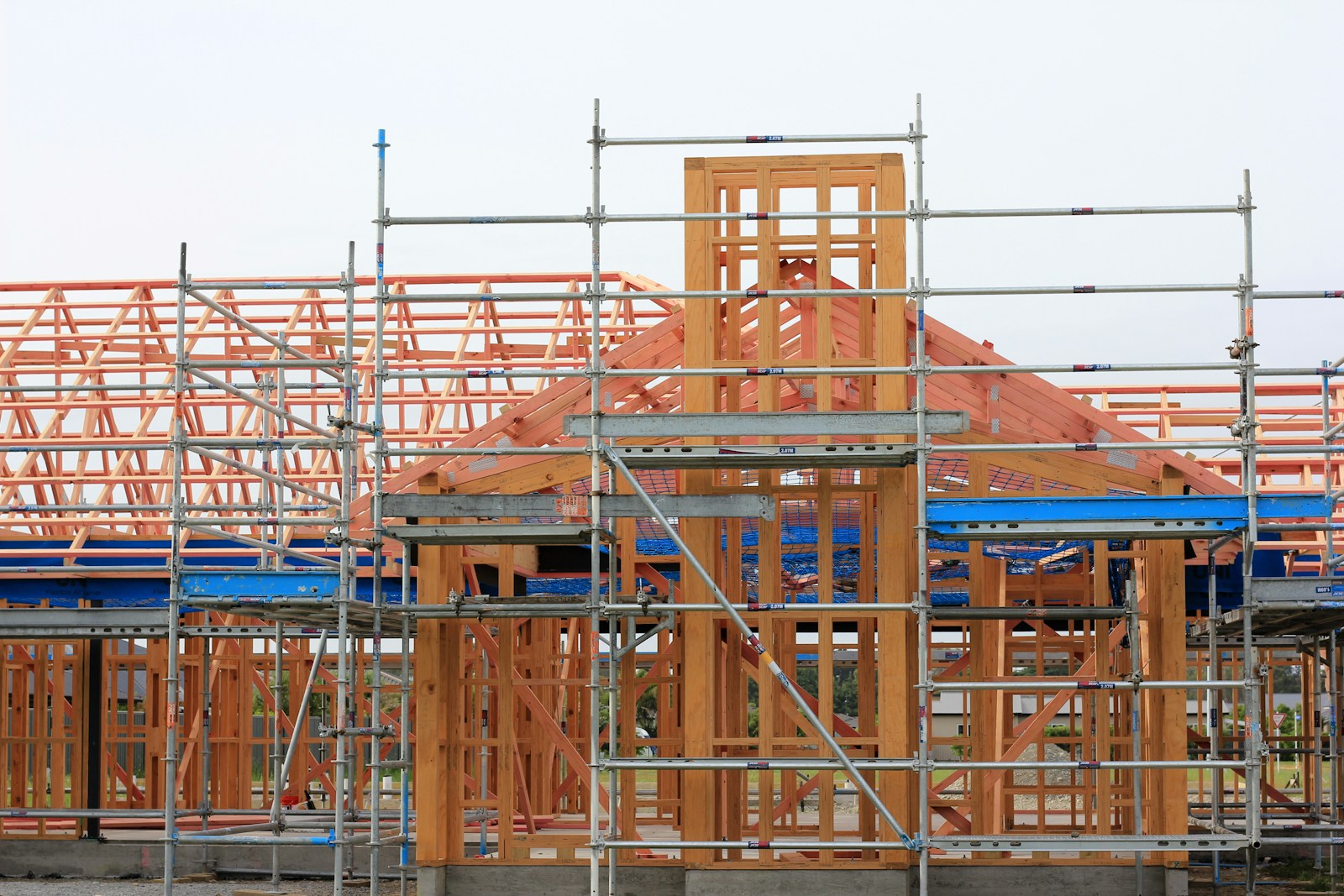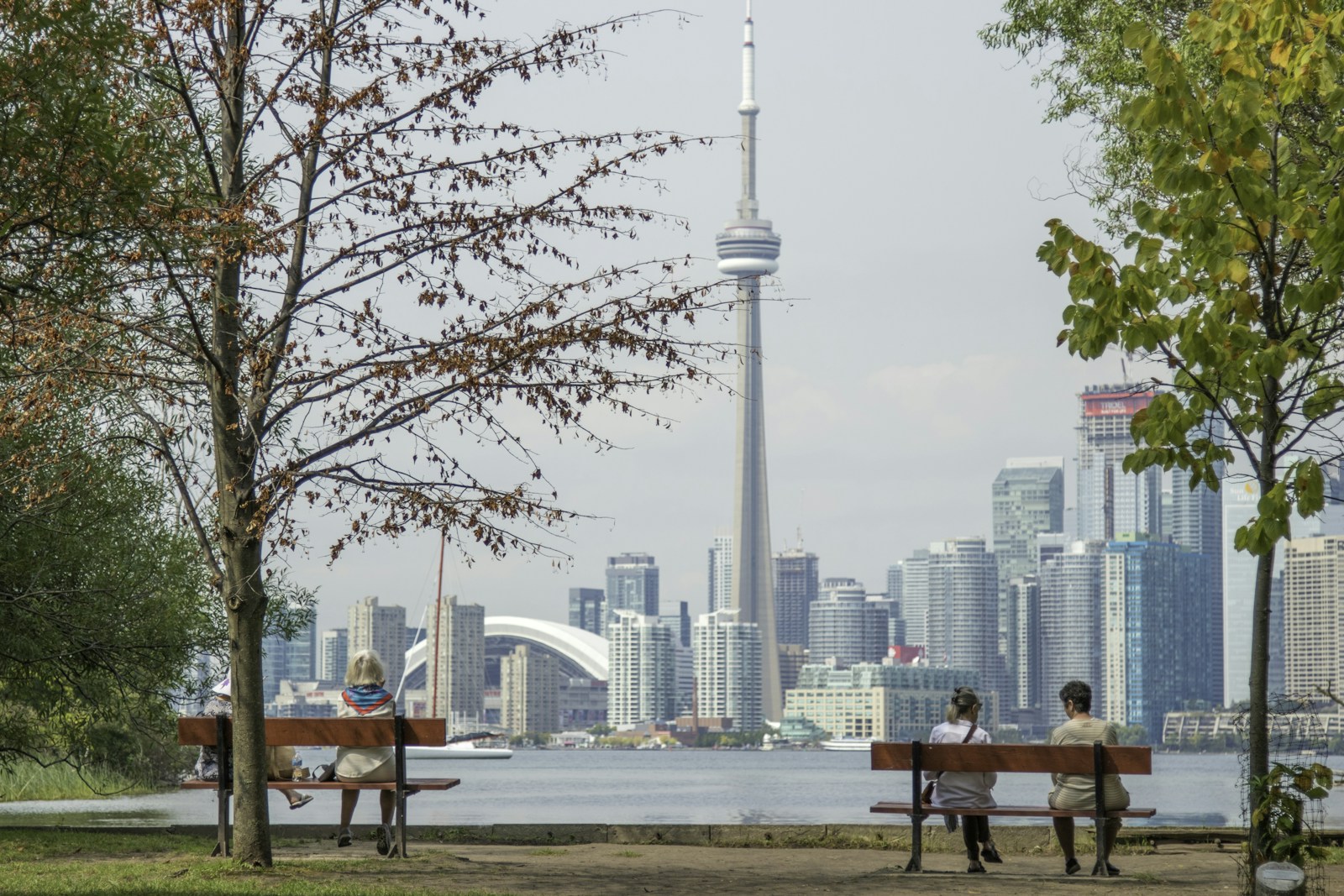Selling a home in Ottawa is already a process filled with moving parts—but if you have tenants living in the property, things become more complex. From tenant rights to timing the sale, landlords need to carefully balance legal obligations with their financial goals.
This guide walks you through how to sell a home with tenants in Ottawa in 2025, while keeping the process smooth and respectful.
1. Know Your Legal Obligations
In Ontario, tenants have strong protections under the Residential Tenancies Act (RTA). As a landlord selling your Ottawa property, you must follow specific rules:
You cannot evict tenants simply because you want to sell.
The tenant has the right to remain until the lease ends or until you legally terminate the tenancy.
If the buyer intends to live in the property, you may be able to issue an N12 notice (with proper notice).
Failing to follow these rules can result in delays, penalties, or even a failed sale.
2. Timing Your Sale: Lease vs. Month-to-Month
Whether your tenant is on a fixed lease or month-to-month makes a big difference.
Fixed-Term Lease – The tenant is entitled to stay until the lease expires. You can still sell during this time, but the new buyer must assume the lease.
Month-to-Month Tenancy – You can issue an N12 notice if the buyer plans to move in, with at least 60 days’ notice before the end of a rental period.
Tip: Selling with tenants already in place often appeals to investor buyers who want rental income immediately.
3. Communicating with Tenants
Transparency goes a long way. Tenants may feel uncertain about their housing security, so keeping them informed builds trust.
Give tenants written notice before showings (at least 24 hours).
Offer flexible showing schedules to minimize disruption.
Consider incentives such as a rent discount or moving allowance if you’re asking for cooperation during the sale.
A cooperative tenant makes the process smoother for everyone.
4. Deciding Whether to Sell Vacant or Occupied
There are pros and cons to each approach:
Think about your target buyer: investors may prefer occupied, while families or first-time buyers may want vacant.
5. Handling Showings and Staging
With tenants in place, showings can be tricky.
Homes may not show as well if tenants don’t tidy up.
Staging opportunities are limited compared to a vacant home.
If the tenant is uncooperative, buyers may feel uneasy.
If presentation is a concern, you may want to wait until the unit is vacant before listing.
6. The N12 Notice: What You Should Know
If you or the buyer plan to move in, you can serve an N12 notice to terminate tenancy.
Key points:
Must provide 60 days’ notice before the end of a rental period.
The buyer (or their family member) must genuinely intend to occupy the property.
The landlord must compensate the tenant with one month’s rent or offer another suitable unit.
Improper use of N12 notices can lead to significant fines, so always follow the law.
7. Targeting the Right Buyers
Marketing your Ottawa home with tenants requires a different strategy.
For Investors: Highlight existing lease agreements, rental income, and long-term tenant stability.
For End-Users: Clarify whether the unit will be vacant on closing and provide clear timelines.
The clearer your positioning, the smoother negotiations will be.
8. Working with the Right Real Estate Agent
Not every agent is experienced in selling tenanted properties. Choose an Ottawa realtor who:
Understands the Residential Tenancies Act
Has experience dealing with investors and tenants
Can navigate showings, notices, and buyer negotiations
An experienced professional ensures your sale complies with the law while maximizing your return.
Final Thoughts
Selling a home with tenants in Ottawa requires careful planning, communication, and legal compliance. While it can be more complex than selling a vacant home, it can also open the door to investor buyers who value the rental income stream.
By respecting tenant rights and working with the right professionals, you can successfully sell your Ottawa property with tenants—without unnecessary stress.













